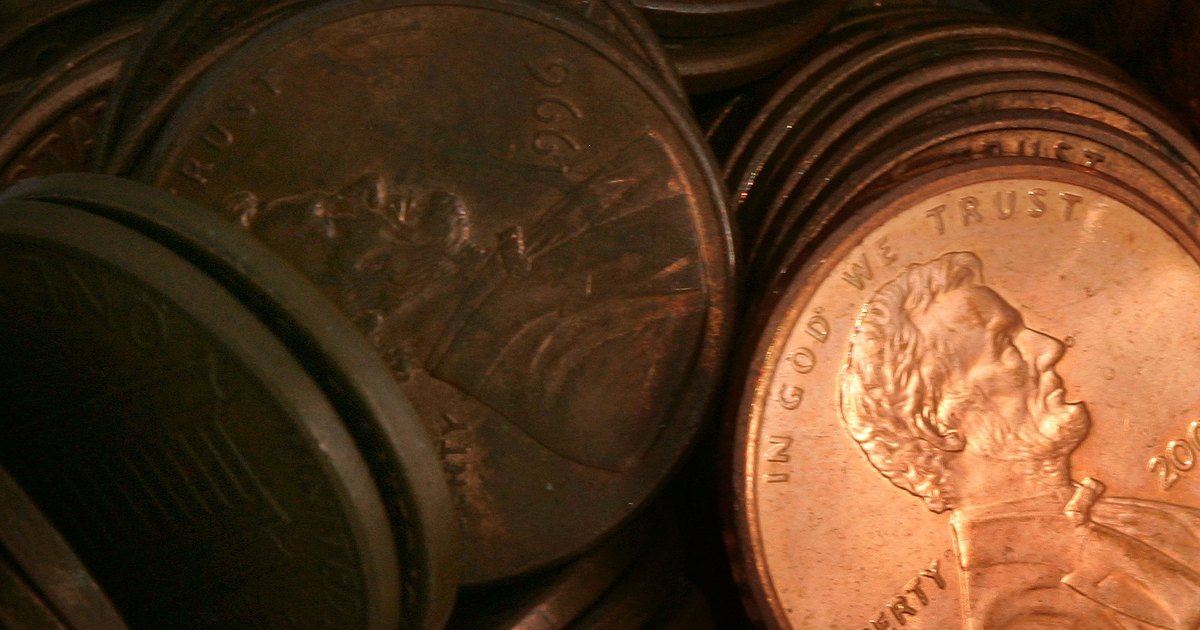After more than two centuries in pockets, change jars, and movie prop bins, the United States has officially wrapped production of the penny. The U.S. Mint struck the final one-cent coin on November 12, 2025, in Philadelphia, closing the book on a 232-year run for America’s longest-produced denomination.
The milestone came with a ceremonial strike and a nod to the coin’s cultural footprint. “Today the Mint celebrates 232 years of penny manufacturing,” acting Mint Director Kristie McNally said in a statement. “While general production concludes today, the penny’s legacy lives on.”
Final Penny Struck In Philadelphia After 232 Years
The last penny was minted in Philadelphia by U.S. Treasurer Brandon Beach, who led the Mint’s commemorative event marking the end of an era. The ceremony honored a coin first introduced in 1793 and embedded in daily American life ever since—whether turning up in tip jars, being pressed into souvenirs, or appearing as a familiar background detail in film and TV.
Beach underscored the historical nature of the decision by noting the last time the U.S. discontinued a circulating coin: the half cent in 1857. Ending the penny required both a symbolic farewell and a practical handoff to a marketplace that has already been shifting toward digital payments and rounded totals.
Why The U.S. Ended Penny Production
The move, Treasury officials say, is about cost, efficiency, and modern spending habits. “Given the rapid modernization of the American wallet, the Department of the Treasury and President Trump no longer believe the continued production of the penny is fiscally responsible or necessary to meet the demands of the American public,” Beach said, per ABC News.
That financial case has sharpened in recent years. According to the Treasury Department, the expense of making a single penny has more than doubled over the last decade, climbing to $3.69 per coin. The Mint’s annual report to Congress previously revealed a loss of $85.3 million tied to penny production in fiscal year 2024 alone—an unsustainable tab for a denomination that many consumers leave in change trays or decline altogether.
The policy shift was signaled months earlier. In February 2025, President Donald Trump announced that the U.S. planned to stop producing pennies, citing the mismatch between face value and manufacturing costs. “For far too long the United States has minted pennies which literally cost us more than 2 cents,” he wrote on Truth Social. “This is so wasteful! I have instructed my Secretary of the US Treasury to stop producing new pennies. Let’s rip the waste out of our great nation’s budget, even if it’s a penny at a time.”
With production now ended, the Mint and Treasury are aligning coinage policy with how Americans increasingly pay—digitally, via cards and phones—while reducing annual losses tied to materials and manufacturing.
What Happens To Pennies Now
For everyday shoppers and cash registers, don’t expect an immediate change. “Although today we say goodbye to our copper one-cent coin, let me be crystal clear, the penny remains legal tender,” Beach said. “We have over 300 billion pennies that remain in circulation and we encourage you to use them.”
That massive supply means pennies will continue to turn up in banks, businesses, and—yes—on-screen details for years to come. Productions set in the present won’t need to swap out pocket change, and period pieces will still have easy access to the coin for authenticity. In the short term, coin-counting machines, retail drawers, and prop departments will operate as usual, backed by the billions of pennies still moving through the system.
One key distinction: the final pennies minted at the Philadelphia ceremony will not enter circulation. Instead, they’ll be auctioned, creating a rarefied category of collectible for numismatists and history buffs alike. For collectors, those last-strike pieces will mark a definitive endpoint and are likely to draw particular interest, given the coin’s ubiquity and longevity.
The broader takeaway is more practical than disruptive. With general production halted, the U.S. avoids ongoing losses on the penny while letting the coin’s sizeable existing stock continue doing its job. Consumers can still spend them, businesses can still accept them, and storytellers across film and television can keep relying on one of the most recognizable silhouettes in American iconography—at least for as long as those 300 billion pennies keep circulating.
From a cultural standpoint, the penny’s farewell is less about disappearance and more about reclassification. It remains a part of daily transactions and a quiet staple of onscreen realism, even as the Mint recalibrates toward modern payment trends. After 232 years, the penny’s production run may be over, but its supporting role in American life isn’t finished yet.















































































































